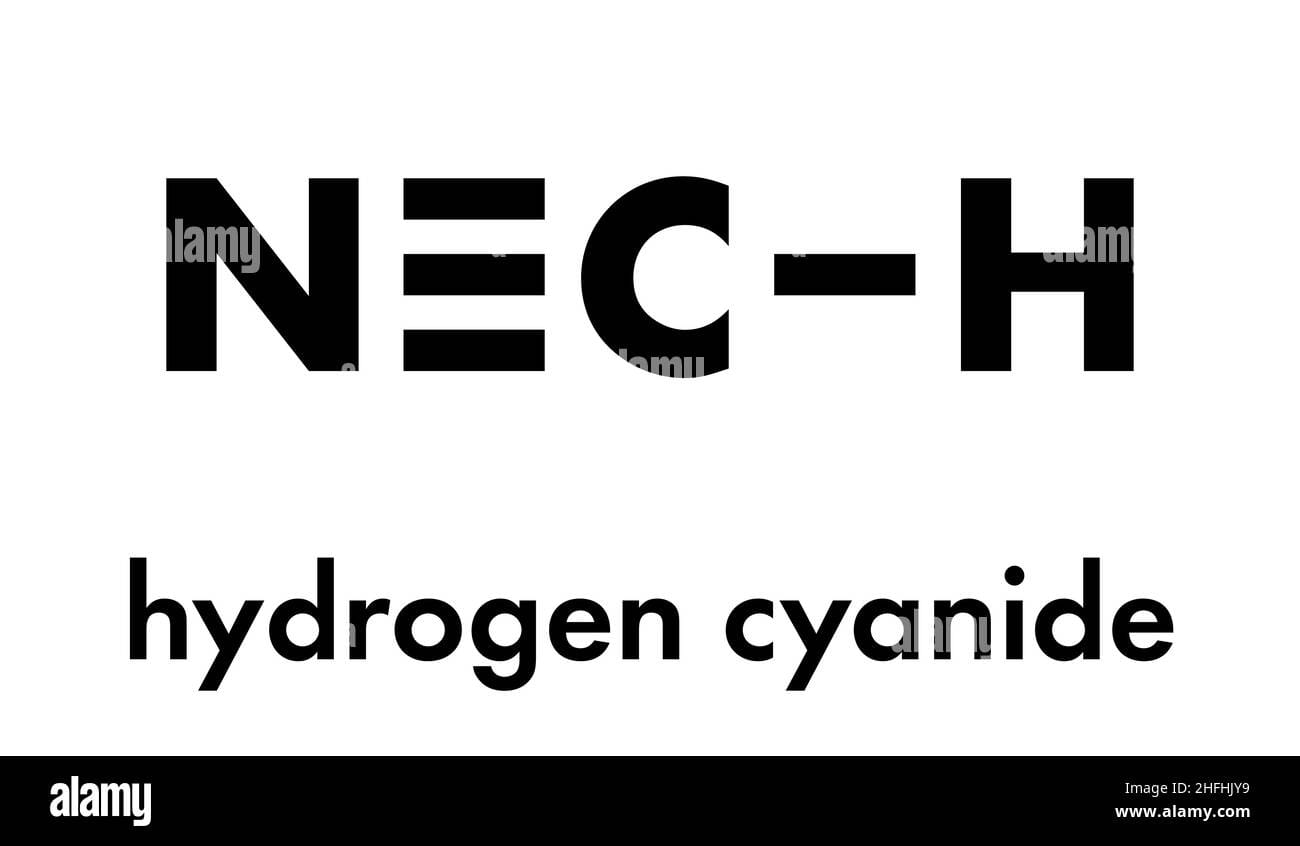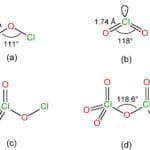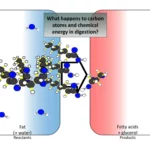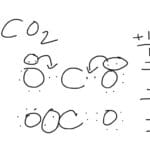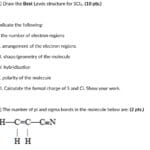Decoding the Blueprint of Hydrogen Cyanide (HCN)
Hydrogen cyanide (HCN) is a molecule with a deceptively simple structure, yet its properties are quite complex. Understanding its molecular architecture is key to grasping its behavior and interactions. This exploration delves into the HCN Lewis structure, revealing insights into its geometry, bonding, and polarity.
Visualizing the HCN Structure
The Lewis structure of HCN serves as a molecular blueprint, illustrating how the atoms are connected and how electrons are distributed. Constructing this structure involves understanding the valence electrons contributed by each atom: one from hydrogen (H), four from carbon (C), and five from nitrogen (N), totaling 10 valence electrons. Carbon, being less electronegative than nitrogen, occupies the central position. Single bonds connect hydrogen to carbon and carbon to nitrogen, initially using four electrons. The remaining six electrons are placed around nitrogen as three lone pairs. However, to satisfy the octet rule (eight electrons surrounding each atom, except for hydrogen which follows the duet rule with two electrons), two of nitrogen’s lone pairs form two pi bonds with carbon, resulting in a triple bond. The final Lewis structure appears as H-C≡N, with a lone pair of electrons remaining on nitrogen.
Geometry: A Linear Arrangement
The HCN molecule exhibits a linear geometry, meaning all three atoms lie along a straight line. This arrangement is a consequence of the sp hybridization of the carbon atom. Hybridization refers to the mixing of atomic orbitals within an atom to form new hybrid orbitals that participate in bonding. In the case of carbon in HCN, one s orbital and one p orbital combine to create two sp hybrid orbitals, which align themselves 180° apart, leading to the linear shape.
Bonding: A Tale of Single and Triple Bonds
The bonding within HCN involves both single and triple covalent bonds. A single covalent bond, represented by a single line (H-C), connects hydrogen and carbon, sharing two electrons. A triple covalent bond, depicted by three lines (C≡N), links carbon and nitrogen, sharing six electrons. This triple bond consists of one sigma (σ) bond, formed by the direct overlap of sp hybrid orbitals, and two pi (π) bonds, arising from the sideways overlap of p orbitals. The triple bond significantly influences HCN’s stability and reactivity. For a deeper understanding of different bond types, explore our worksheet on ionic bonding. While HCN exhibits covalent bonding, contrasting it with ionic bonding can further illuminate the nuances of chemical interactions.
Polarity: An Uneven Distribution of Charge
HCN is a polar molecule due to the difference in electronegativity between nitrogen and the other atoms. Electronegativity describes an atom’s tendency to attract electrons towards itself in a chemical bond. Nitrogen, being more electronegative than carbon and hydrogen, pulls the shared electrons closer, creating a partial negative charge (δ-) on the nitrogen end and a partial positive charge (δ+) on the hydrogen end. This uneven charge distribution gives HCN a dipole moment, influencing its interactions with other polar molecules.
Delving Deeper into HCN’s Properties and Significance
Reactivity: A Balancing Act
The triple bond between carbon and nitrogen imparts considerable stability to HCN, making it relatively unreactive under normal conditions. However, its polarity plays a crucial role in its interactions. The slightly positive carbon atom can attract negatively charged regions of other molecules, while the slightly negative nitrogen can interact with positively charged regions. This polarity influences HCN’s solubility in polar solvents like water.
Real-World Implications: A Double-Edged Sword
HCN has significant applications in various fields. It is used in the production of polymers, synthetic fibers, and other chemical compounds. Ironically, its toxicity also makes it useful in certain pest control methods. HCN is even employed in the extraction of gold and silver from ores. However, its extreme toxicity necessitates careful handling and strict safety precautions.
Ongoing Research and Future Directions
The study of HCN is an ongoing endeavor. Researchers are investigating the nuances of its reactivity under different conditions and with various reactants. Some studies suggest that under specific circumstances, the seemingly robust triple bond can be broken, leading to unforeseen chemical transformations. Understanding these processes can unlock new possibilities in fields like materials science and chemical synthesis.
Summary of HCN Properties
| Property | Description |
|---|---|
| Lewis Structure | H-C≡N (with a lone pair on Nitrogen) |
| Geometry | Linear |
| Bonding | C≡N (triple bond), C-H (single bond) |
| Hybridization | sp hybridization of Carbon |
| Polarity | Polar (due to electronegativity difference) |
| Reactivity | Relatively unreactive, influenced by polarity |
The exploration of HCN’s structure and properties underscores the intricate relationship between molecular architecture and chemical behavior. While our current understanding is substantial, ongoing research continues to refine our knowledge and reveal further insights into this fascinating molecule.
- Georgia Platform: A Southern Strategy, 1850s - March 31, 2025
- How many weeks is 40 days: Quick Conversion Guide for Accurate Results - March 31, 2025
- How many feet is 300 meters? 984 Feet: Understand Length Conversions Easily - March 31, 2025
